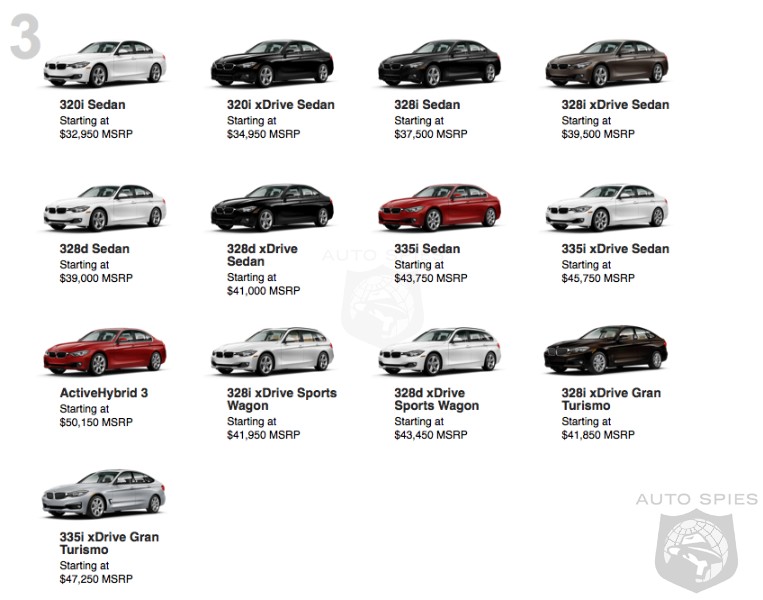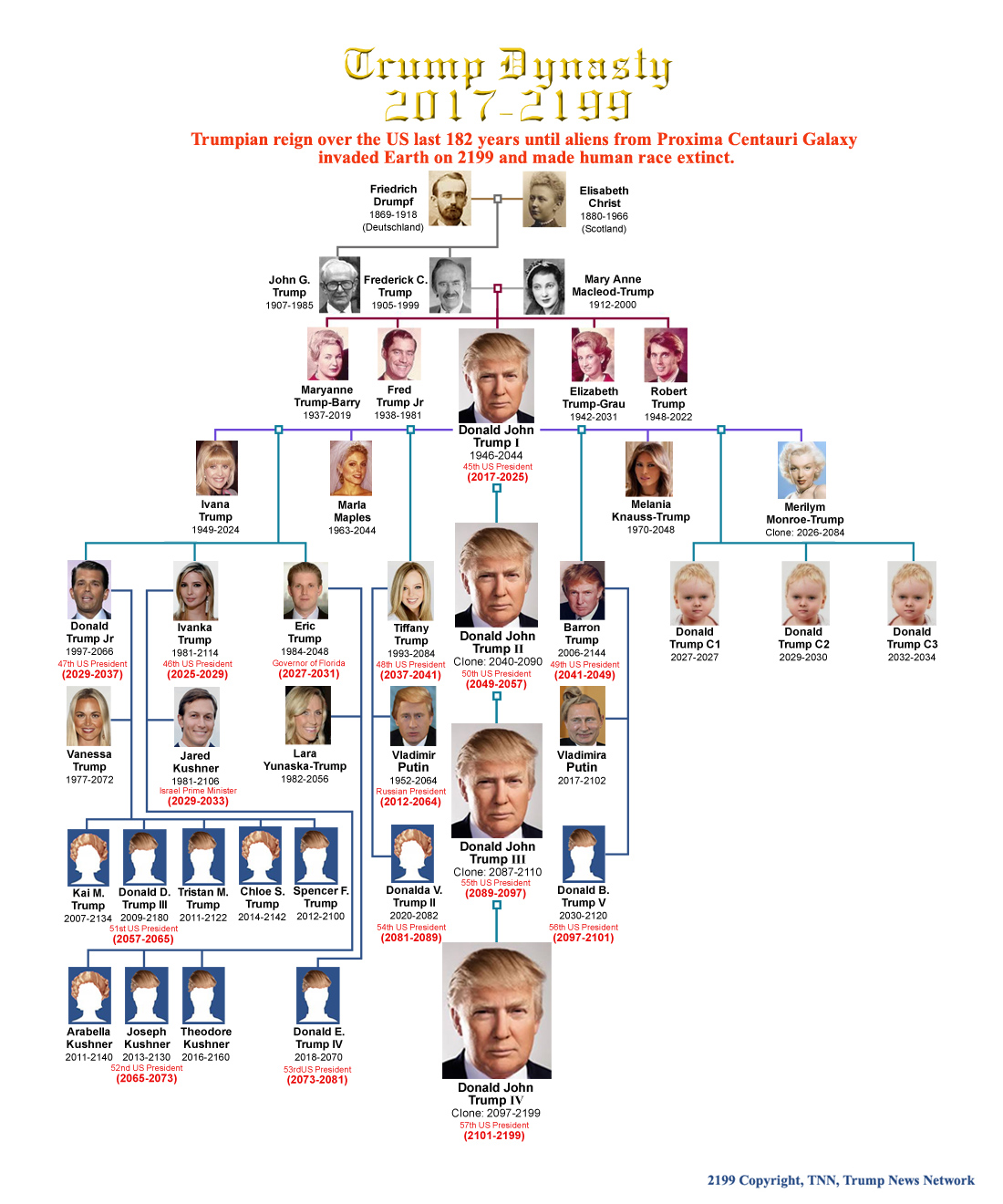The China Market: A Case Study Of Challenges For Premium Automakers Like BMW And Porsche

Table of Contents
Intense Competition and Local Brands
The Chinese automotive market is fiercely competitive, and premium automakers face a dual challenge: established global competitors and the rapidly growing domestic sector.
Rise of Domestic Competitors
The rise of domestic Chinese brands like BYD, Nio, and Xpeng is dramatically reshaping the landscape. These brands are offering increasingly sophisticated electric vehicles (EVs) and advanced driver-assistance systems (ADAS) at competitive price points, putting significant pressure on established premium players.
- Increased pressure on pricing strategies: Premium brands are forced to consider more competitive pricing to remain attractive, potentially impacting profit margins.
- Need for differentiation beyond brand prestige: Luxury brands can no longer rely solely on their established reputation; they must offer unique technological advancements and features to stand out.
- Focus on technological innovation to stay competitive: Investment in cutting-edge technology, particularly in areas like EV technology and autonomous driving, is crucial for staying ahead of domestic competitors. This includes advancements in battery technology, charging infrastructure, and software integration.
Joint Venture Dynamics
Foreign automakers often operate in China through joint ventures (JVs), a requirement that introduces its own set of challenges. These partnerships, while necessary to access the market, can impact decision-making agility and profit margins.
- Negotiating partnership terms and profit sharing: Securing favorable terms and ensuring fair profit sharing are crucial but often complex negotiations within the JV structure.
- Balancing brand control with local expertise: Maintaining brand consistency while leveraging the knowledge and expertise of local partners requires careful management.
- Navigating regulatory hurdles within the joint venture framework: The regulatory landscape governing JVs can be intricate and ever-changing, requiring significant navigation and compliance efforts.
Understanding the Unique Chinese Consumer
The Chinese consumer, particularly younger generations, is a dynamic and influential force. Understanding their evolving preferences is critical for success in this market.
Shifting Consumer Preferences
Chinese consumers are increasingly tech-savvy and demand the latest advancements in technology and personalized experiences. This includes advanced infotainment systems, connected car features, and personalized customization options.
- Importance of digital marketing and social media engagement: Reaching and engaging this digitally native consumer base requires a strong online presence and targeted digital marketing campaigns across platforms like WeChat and Weibo.
- Customization and personalization of vehicles and services: Offering tailored options, from bespoke interior design to personalized after-sales services, is essential to cater to individual preferences.
- Understanding the cultural nuances and preferences of different consumer segments: China's diverse population requires a nuanced approach, recognizing varying preferences across different age groups, regions, and socioeconomic backgrounds.
The Importance of After-Sales Service
Building lasting customer relationships in China requires exceptional after-sales service and a robust dealer network capable of providing timely and high-quality support.
- Ensuring high-quality service and timely repairs: Providing efficient and reliable repair services is crucial for maintaining customer satisfaction.
- Building a strong and reliable dealer network across China: A geographically extensive network ensures convenient access to service for consumers across the vast country.
- Developing culturally appropriate customer service strategies: Understanding and responding to the cultural expectations and communication styles of Chinese customers is critical.
Navigating Regulatory and Governmental Landscape
The Chinese regulatory environment is complex and constantly evolving, adding another layer of challenge for premium automakers.
Evolving Emission Standards and Regulations
China's increasingly stringent emission standards and environmental regulations demand significant investment in research and development (R&D) and adaptation of vehicle technologies.
- Compliance with emission standards and fuel efficiency requirements: Meeting and exceeding these standards requires substantial investment in cleaner technologies and efficient engines.
- Investing in research and development of new technologies: Continuously investing in R&D to develop and adapt to new emission control technologies is a necessity for long-term compliance.
- Adapting production processes to meet regulatory demands: Production lines and manufacturing processes must be adjusted to comply with the evolving regulatory landscape.
Import Tariffs and Taxes
High import tariffs and taxes significantly impact the pricing and profitability of imported vehicles, forcing premium automakers to adapt their strategies.
- Strategies to mitigate the impact of tariffs and taxes: Exploring options like local manufacturing and sourcing to reduce import costs are vital.
- Optimizing supply chains to reduce costs: Efficient supply chain management is key to minimizing costs and maintaining competitiveness.
- Exploring local manufacturing and sourcing options: Establishing local manufacturing facilities or sourcing parts locally can help mitigate the impact of tariffs.
Conclusion
The China market presents both immense opportunity and considerable challenges for premium automakers like BMW and Porsche. Success hinges on understanding and adapting to the rapidly evolving consumer landscape, navigating the complex regulatory environment, and effectively competing with the burgeoning domestic automotive industry. By prioritizing technological innovation, cultivating strong customer relationships, and proactively addressing the unique aspects of the China Market Premium Automakers landscape, these brands can enhance their chances of long-term success. Understanding the intricacies of the China Market Premium Automakers landscape is crucial for sustained growth in this vital region. Conduct thorough market research and develop a tailored strategy to conquer the China market and compete effectively with other premium automakers.

Featured Posts
-
 Why Mirax Casino Is Ranked A Top Online Casino In Ontario
May 17, 2025
Why Mirax Casino Is Ranked A Top Online Casino In Ontario
May 17, 2025 -
 First Look Ralph Laurens Fall 2025 Riser Collection
May 17, 2025
First Look Ralph Laurens Fall 2025 Riser Collection
May 17, 2025 -
 Smart Spending Affordable Products You Ll Love
May 17, 2025
Smart Spending Affordable Products You Ll Love
May 17, 2025 -
 Understanding The Trump Family Tree Key Figures And Their Relationships
May 17, 2025
Understanding The Trump Family Tree Key Figures And Their Relationships
May 17, 2025 -
 Worldwide Reddit Outage Thousands Of Users Experiencing Issues
May 17, 2025
Worldwide Reddit Outage Thousands Of Users Experiencing Issues
May 17, 2025
